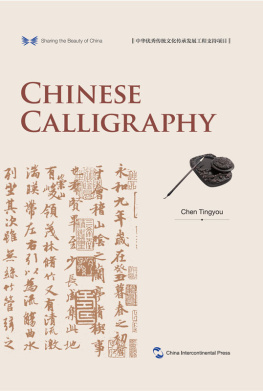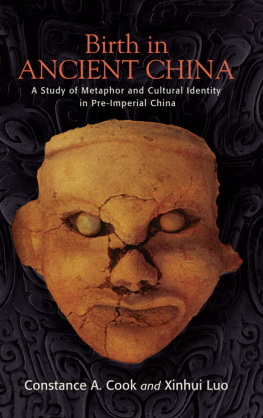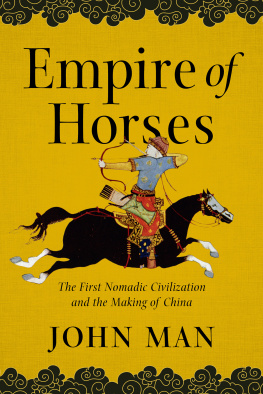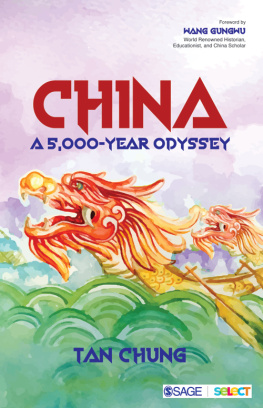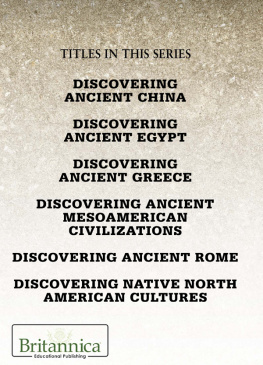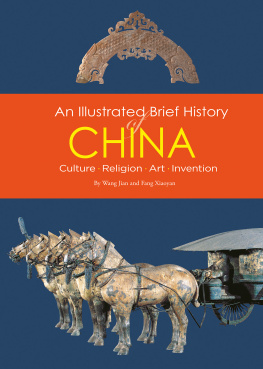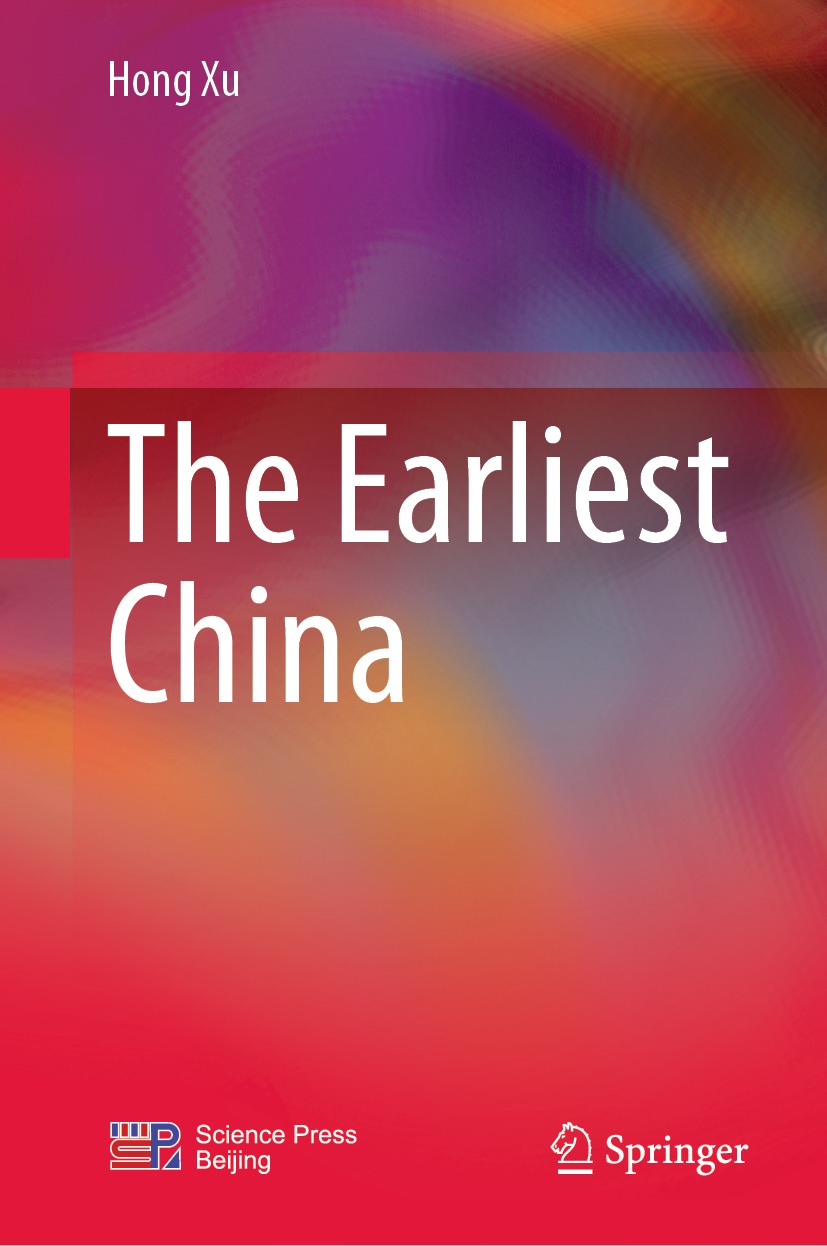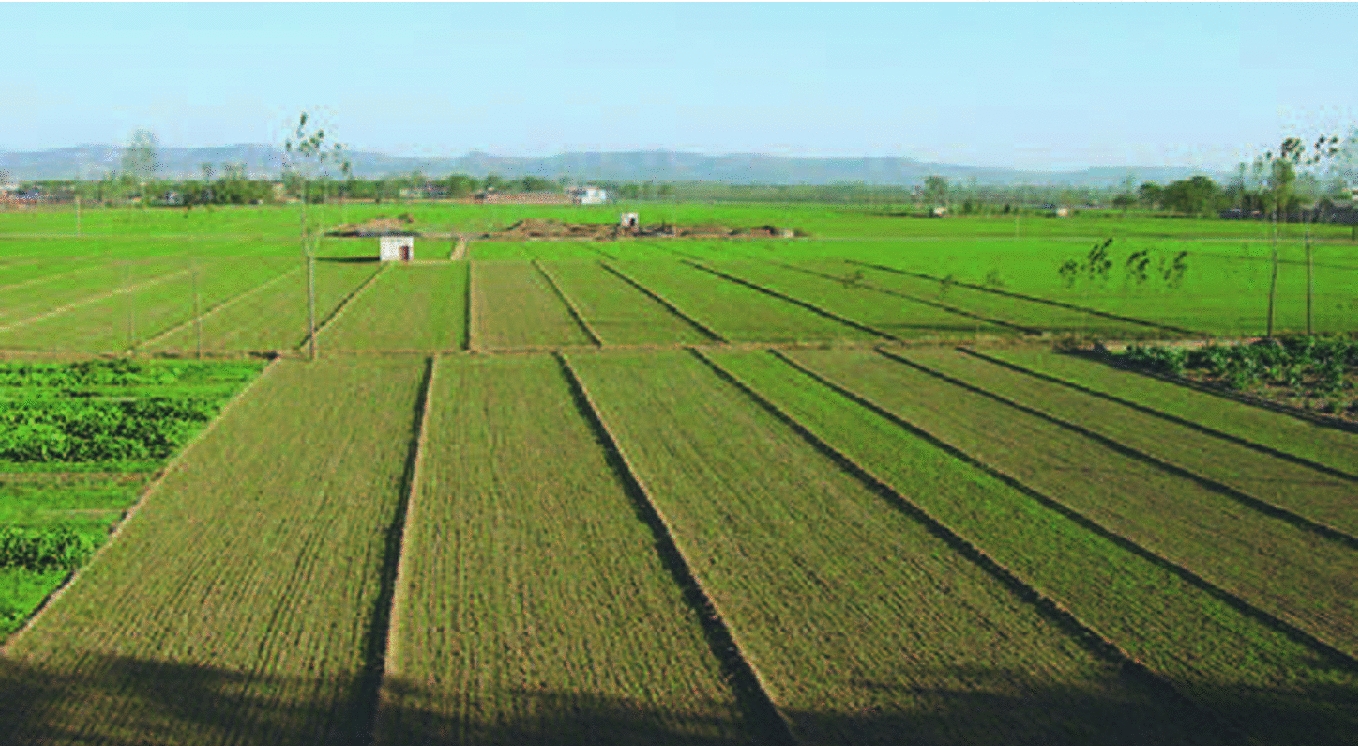Hong Xu
CASS, Institute of Archaeology, Beijing, China
Translated by
Li Sang
Luoyang Normal University, Henan, China
ISBN 978-981-16-6386-4 e-ISBN 978-981-16-6387-1
https://doi.org/10.1007/978-981-16-6387-1
Jointly published with Science Press
The print edition is not for sale in China (Mainland). Customers from China (Mainland) please order the print book from: Science Press.
Science Press 2022
This work is subject to copyright. All rights are solely and exclusively licensed by the Publisher, whether the whole or part of the material is concerned, specifically the rights of reprinting, reuse of illustrations, recitation, broadcasting, reproduction on microfilms or in any other physical way, and transmission or information storage and retrieval, electronic adaptation, computer software, or by similar or dissimilar methodology now known or hereafter developed.
The use of general descriptive names, registered names, trademarks, service marks, etc. in this publication does not imply, even in the absence of a specific statement, that such names are exempt from the relevant protective laws and regulations and therefore free for general use.
The publishers, the authors, and the editors are safe to assume that the advice and information in this book are believed to be true and accurate at the date of publication. Neither the publishers nor the authors or the editors give a warranty, express or implied, with respect to the material contained herein or for any errors or omissions that may have been made. The publishers remain neutral with regard to jurisdictional claims in published maps and institutional affiliations.
This Springer imprint is published by the registered company Springer Nature Singapore Pte Ltd.
The registered company address is: 152 Beach Road, #21-01/04 Gateway East, Singapore 189721, Singapore
Preface
Erlitou is originally the name of an ordinary village located in the Luoyang Plain, the hinterland of the Central Plains. Like the names of thousands of villages in China, she is as simple as she could be. But just behind her, under the green wheat fields, it has hidden a glorious history of the Hua-Xia ethnic group for more than 3,000 years, which has also been forgotten by her descendants for over 3,000 years; it was not until 60 years ago that she came into the field of vision of archeologists, and since then, she has been among the halls of the history of Chinese civilization and even the history of world civilization. We also know from this that based on the accumulation of thousands of years of the Hua-Xia prehistoric culture, the earliest China came into being here.
View of distant for the excavation scene at Erlitou site
Born in Suzhou and Hangzhou, and buried in the north of Mangshan Mountain. The winding mountain in the distance is Mangshan Mountain, which was regarded as Feng Shui Treasure, the first pursuit of life ideal by ancient Chinese people. Villagers call the palace area we excavated as throne room, and here is indeed the earliest throne room in China.


